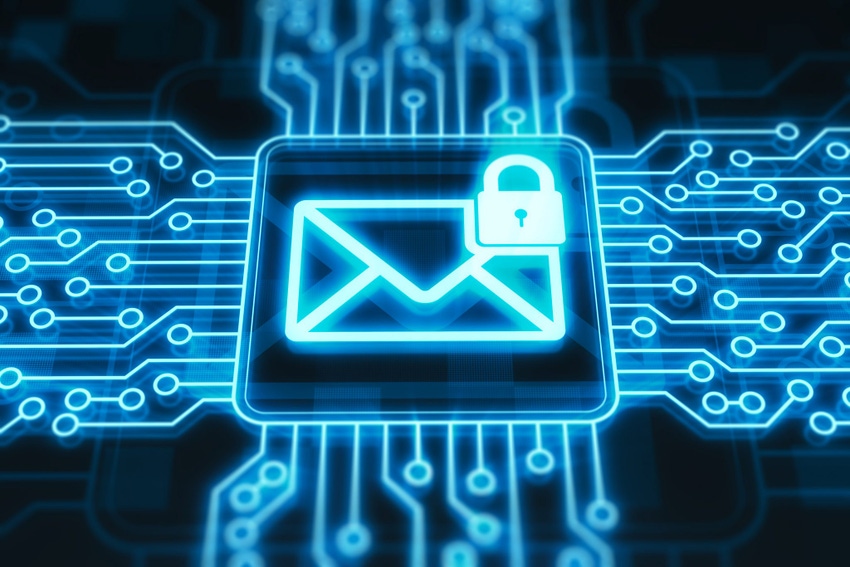The Importance of Being Security-Centric
Why security-centric MSPs will find success in 2021.
January 22, 2021

Sponsored by Barracuda MSP
Last year, as companies were abruptly thrust into work-from-home and remote work scenarios, IT security took on a new urgency. Outside the office network and corporate firewall’s perceived safety, it rapidly became apparent to many organizations that their approach to data protection and security was woefully outdated. For those who allowed some employees to work from home or on the road, the gaps in the security infrastructure suddenly looked like gaping holes.
MSPs with existing security expertise and offerings scrambled to help their clients adjust to this new way of working while simultaneously helping shore up their security profile. As a result, it looks like 2021 may very well be the year of the security-centric MSP.
Being security-centric is more than just offering basic email protection or a traditional firewall. Security-centric MSPs take a different view on both their business opportunities and their accountability to deliver IT security services. In this environment, an MSP’s success will be gauged by its ability to continuously assess client security postures, identify opportunities to improve and to address security risks, and ensure that data is safe no matter where it is or how it’s used.
In 2020, this type of security posture was critical for MSPs to successfully aid their clients and remain profitable. In 2021, as businesses begin to return to the office, these MSPs will need to step up their efforts to protect their clients’ remote and hybrid work environments fully.
How can MSPs adopt this security-centric operational model? Here are a few ways:
Implement a security-centric remote monitoring and management (RMM). Incorporating an RMM tool allows you to build a strong foundation for automated management of clients’ security requirements–as well as delivering multilayered security offerings. This reduces the risk of human error while saving time and reducing costs for the MSP. The MSP can more easily monitor client status, while the security solutions continue to block potential threats in the background.
Leverage machine learning and artificial intelligence. Phishing and other types of email-based security threats are still the primary causes of most data breaches. Threats and scams have evolved to a state where they are simply too advanced to be stopped by traditional email filters. Using AI-based tools to spot more subtle anomalies in email communications can help protect clients from these complex attacks while providing a level of automation that can improve response times and reduce back-end labor costs.
Provide security training. The weakest link in your clients’ networks is always going to be the human factor. Offer clients regular training and information on common threats, and provide phishing simulations to help identify employees who may require additional training and education. Security awareness training is especially critical in remote work scenarios, where employees may be more likely to inadvertently expose data to public networks or face heightened distractions that make them more vulnerable while working from home.
Take a data-centric approach to security. Companies may not have complete control over where sensitive data is accessed or on which device in the current environment. Employees may be using a combination of corporate-owned IT, personal computers or mobile devices. MSPs can help clients take a more layered approach to security that focuses on securing the data (no matter where it’s accessed) and verifying the user’s identity. That means offering tools to protect the perimeter, the network, the endpoint, the end user and the data.
Expand your security offerings from preventative to proactive. Cyberthreats are more sophisticated and evasive nowadays, and there is no single layer of protection an MSP can apply to fully protect their customer. MSPs must not only be offering preventative security services, but also should be looking toward proactive security measures, such as cyberthreat hunting and remediation.
For MSPs that learned the right lessons in 2020, there is ample opportunity to expand their footprint with existing clients and bring in new business by taking a security-first approach to their product suite. Combining multi-layered security, visibility and automation will not only keep client data and networks safe and operational, but also increase revenue for your managed services business.
Brian Babineau is Senior Vice President and General Manager for Barracuda MSP. In this role, he is responsible for the company’s managed services business, a dedicated team focused on enabling partners to easily deliver affordable IT solutions to customers.
This guest blog is part of a Channel Futures sponsorship.
Read more about:
MSPsAbout the Author(s)
You May Also Like


